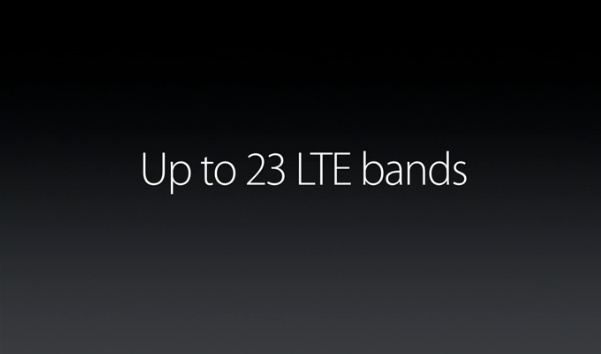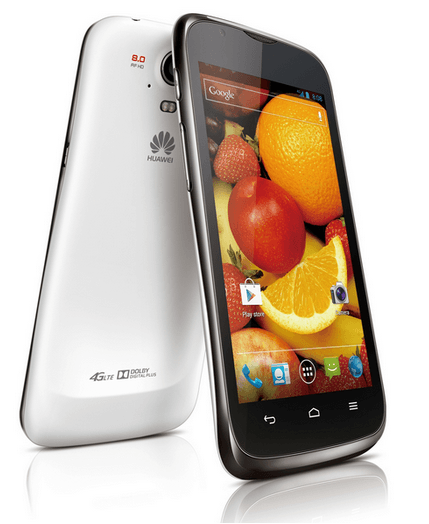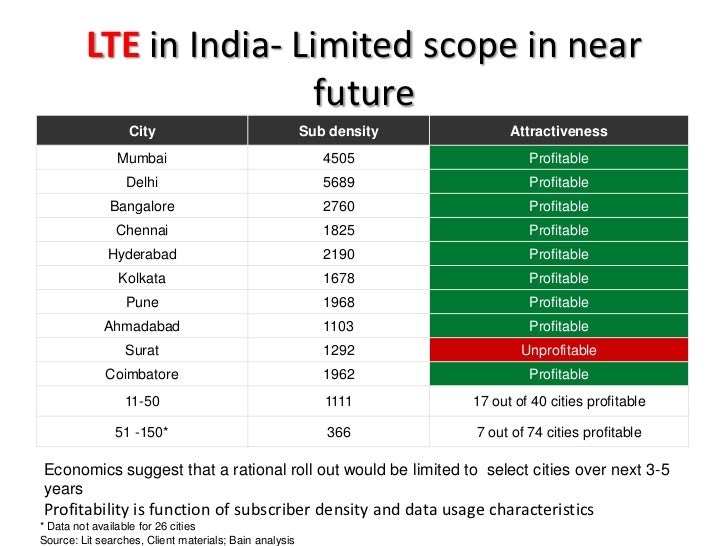



The low band provides the most coverage but offers slower speeds around 50 Mbps. Low-band 5G transmits around the 600 to 700MHz range providing blanket coverage across a large area. Let’s take a look at some of the technical aspects and use cases for each 5G band. 5G can combat this by transmitting across the high-, mid-, and low-band ranges while using multiple small cells for rebroadcasting.ĥG bands help eliminate dead zones by broadcasting signals in the best possible frequencies given the environment and distance from the source signal. Many building materials can reflect or block high-frequency signals, posing a challenge in cellular networks. Under the hood, 5G offers significant improvements:Ĭlosing the performance gap between 4G and 5G will allow 5G powered technology in the future to take shape and create new opportunities for both businesses and consumers.īehind the scenes, 5G frequency bands help users receive the best possible performance given the distance between the source and the device.īusinesses can strategically use different 5G bands in their own private 5G networks to penetrate through certain obstacles and provide the best possible service given the environment.įor example, 5G networks can use low-band frequencies for long-distance communication and then switch to the high band once that signal is closer to its source destination. Similar to how 4G helped usher in the smartphone era, 5G will power new technologies across the enterprise, within smart cities, for autonomous vehicles, and ubiquitous Internet of Things (IoT) installations. What makes 5G so different is the new levels of performance it offers. 5G offers many improvements compared to 4G but relies on the similar fundamentals to communicate with end user devices. This makes 5G bands more flexible than previous cellular generations and improves both coverage and reliability.ĥG is the latest evolution of cellular wireless connectivity and offers improved capacity, coverage, and lower latency. Each band has different capabilities: the low band (less than 1GHz) has greater coverage but lower speeds, the mid band (1GHz–6GHz) offers a balance of both, and the high band (24GHz–40GHz) offers higher speeds but a smaller coverage radius.ĥG can use more frequencies across all three bands to achieve the best possible performance and even use multiple frequencies at the same time. 5G is divided into three frequency bands (low, mid, and high).


 0 kommentar(er)
0 kommentar(er)
